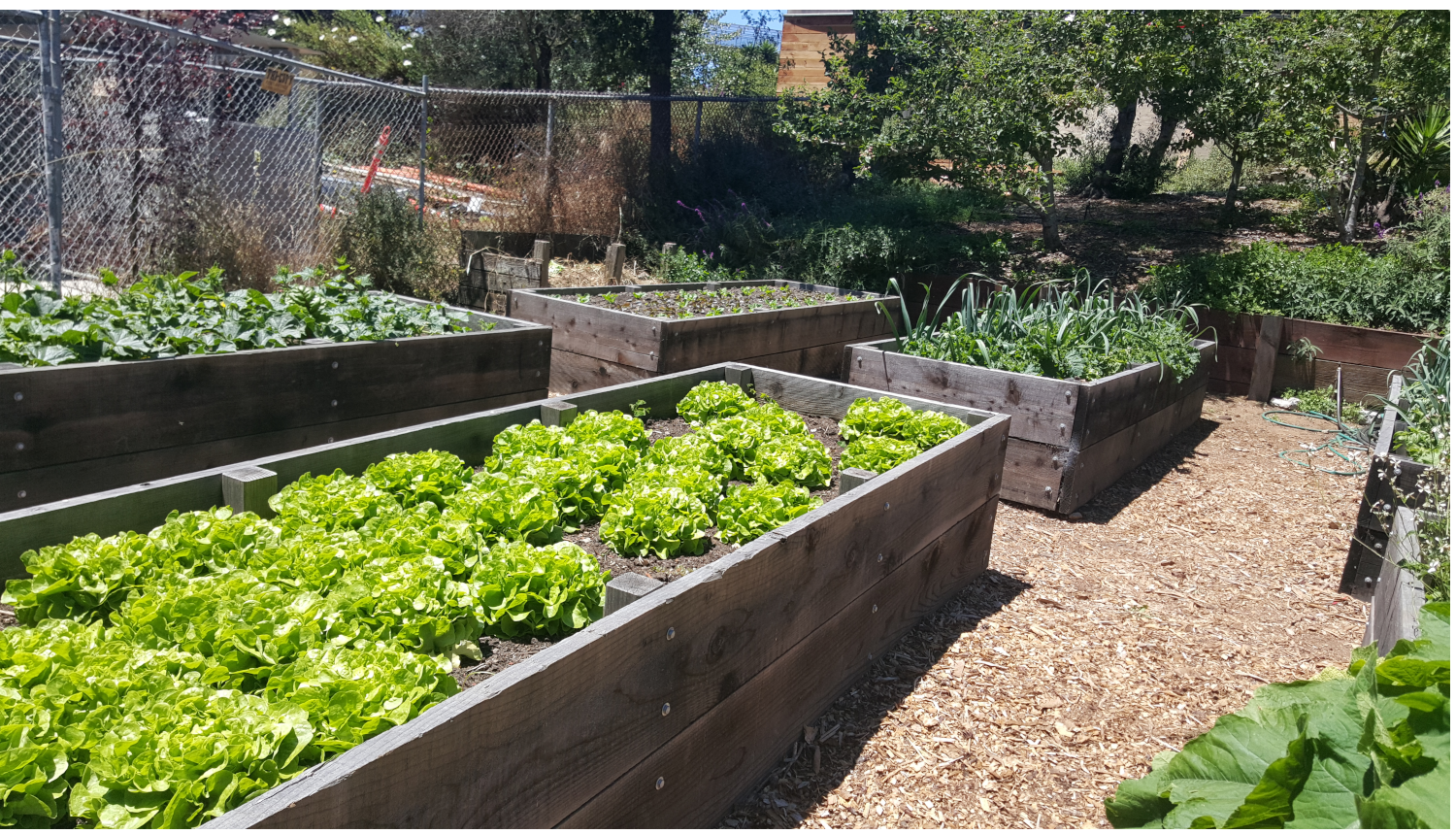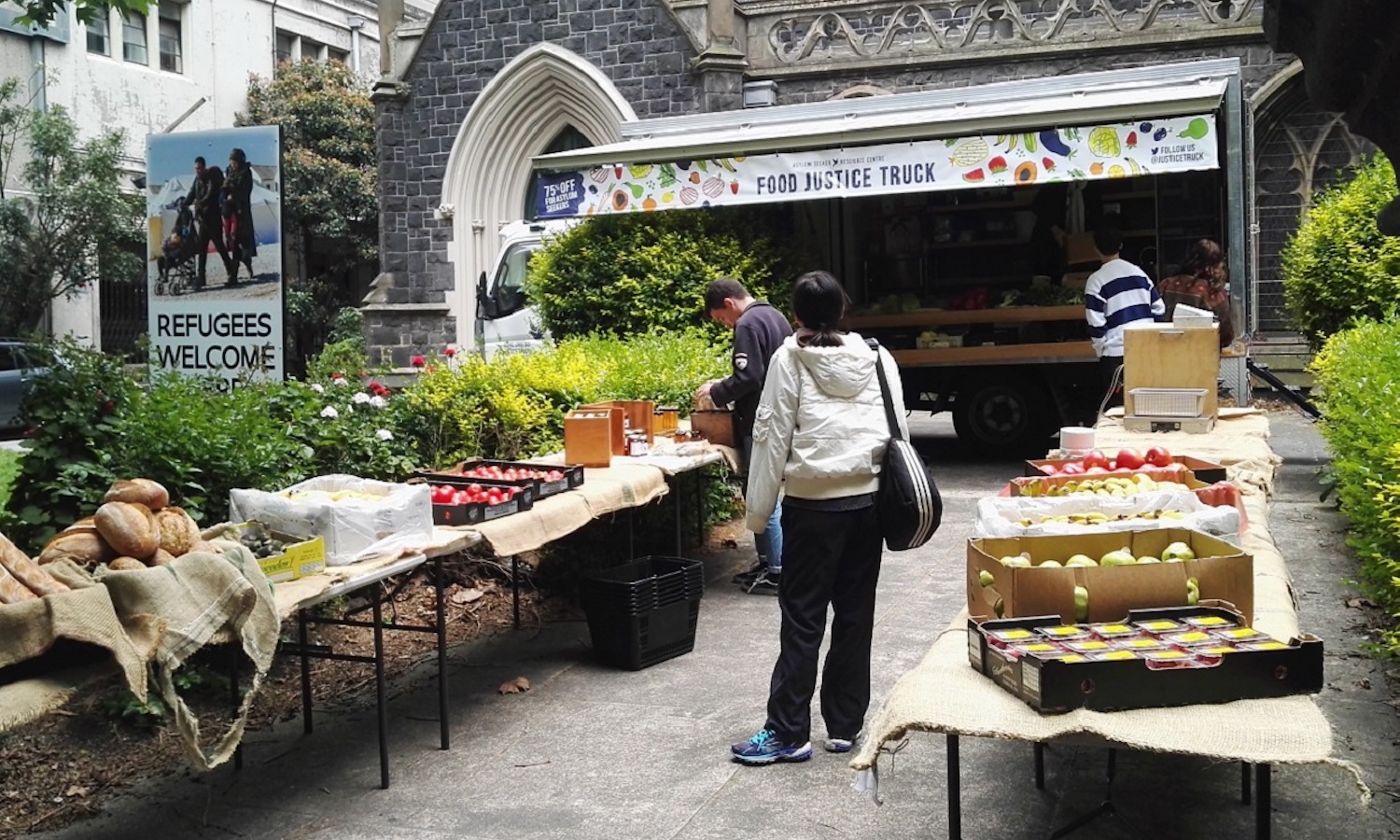“In a world where it can sometimes feel like we are increasingly being pitted against each other—individual against individual, community against community, nation against nation, people against the planet—food sharing initiatives demonstrate that there are other ways of acting and of being together,” declares Anna Davies, principal investigator of the SHARECITY project, to Food Tank.
SHARECITY is an international research project that explores food sharing in cities across the world. It began in 2016 when Davies and a team of researchers started studying the impact of food sharing organizations on creating sustainable food systems.
The project grew into a large database of food sharing initiatives including everything from collective growing groups to community cooking events. Rather than present their findings in an academic format, the team opted for a more approachable medium and designed an open-source map known as SHARECITY100.
“Prior to the SHARECITY100 it was not easy to identify the kinds of activities taking place in our urban areas,” Davies tells Food Tank, “SHARECITY100 is the first ever global interactive map of these kinds of activities.” The map now includes over 4,000 initiatives in 100 cities in 44 countries and six continents.
SHARECITY100 makes food sharing initiatives visible and accessible. The map links people with food sharing organizations, says Davies, “whether that is growing together in community gardens, eating together in a community kitchen, or participating in surplus food redistribution.”

Providing a free, online, and easy to use map is already positively impacting individuals in urban areas and food sharing communities, according to the organization. Davies explains, “it has allowed people to glean inspiration from activities in other areas to set up food sharing initiatives in their home locations.”
SHARECITY100 plans to further improve and extend the functions it provides. “The map doesn’t exist in a vacuum…” says Davies to Food Tank, “many food sharing initiatives would like to know more about the impacts they are having and would like to connect with other like-minded initiatives in a more structured way.”
In order to help organizations both measure their impact and connect to other initiatives, SHARECITY is co-designing a new tool called “SHARE IT.” Firstly, SHARE IT will allow organizations to assess their quantitative and qualitative impact through a collection of indicators. This component of SHARE IT will be crucial to measure the complex effects of food sharing, such as feelings of empowerment or well-being. But doing so is critical, as Davies quotes sociologist William Bruce Cameron: “Not everything that counts can be counted, and not everything that can be counted counts.”
The SHARE IT tool will further allow users to post and share results of their impact assessments, as well as include ways to further connect with other organizations. “We see [it] as a match-making portal where food sharing initiatives, or aspiring food sharing initiatives, or even interested policymakers can connect with other initiatives to exchange knowledge and experiences,” Davies jokes, “kind of like a Tinder for food sharers!”

Linking food sharing initiatives and providing tools for groups to reliably measure their impact could bring even more long-term benefits. “Food sharing initiatives have been acting ahead of the policy curve on matters of food waste reduction,” says Davies.
But Davies notes that “there is still much to be done by all actors… food businesses and consumers that create the waste in the first place are also key, as are policymakers who can support people to reduce waste in many ways.” As such, SHARECITY100 could not only show what is being done but provide clues to potential gaps and blockages.
“We’ve been contacted by people as far afield as India who would love to see the map extended to include their areas,” Davies says to Food Tank. To meet demands, the project plans to expand beyond its current urban areas and continue to grow.
The new open source book by Anna Davies further explores the role of contemporary food sharing in achieving sustainability in our food system. It is available here.
Photo courtesy of Sharecity, Ferne Edwards.













